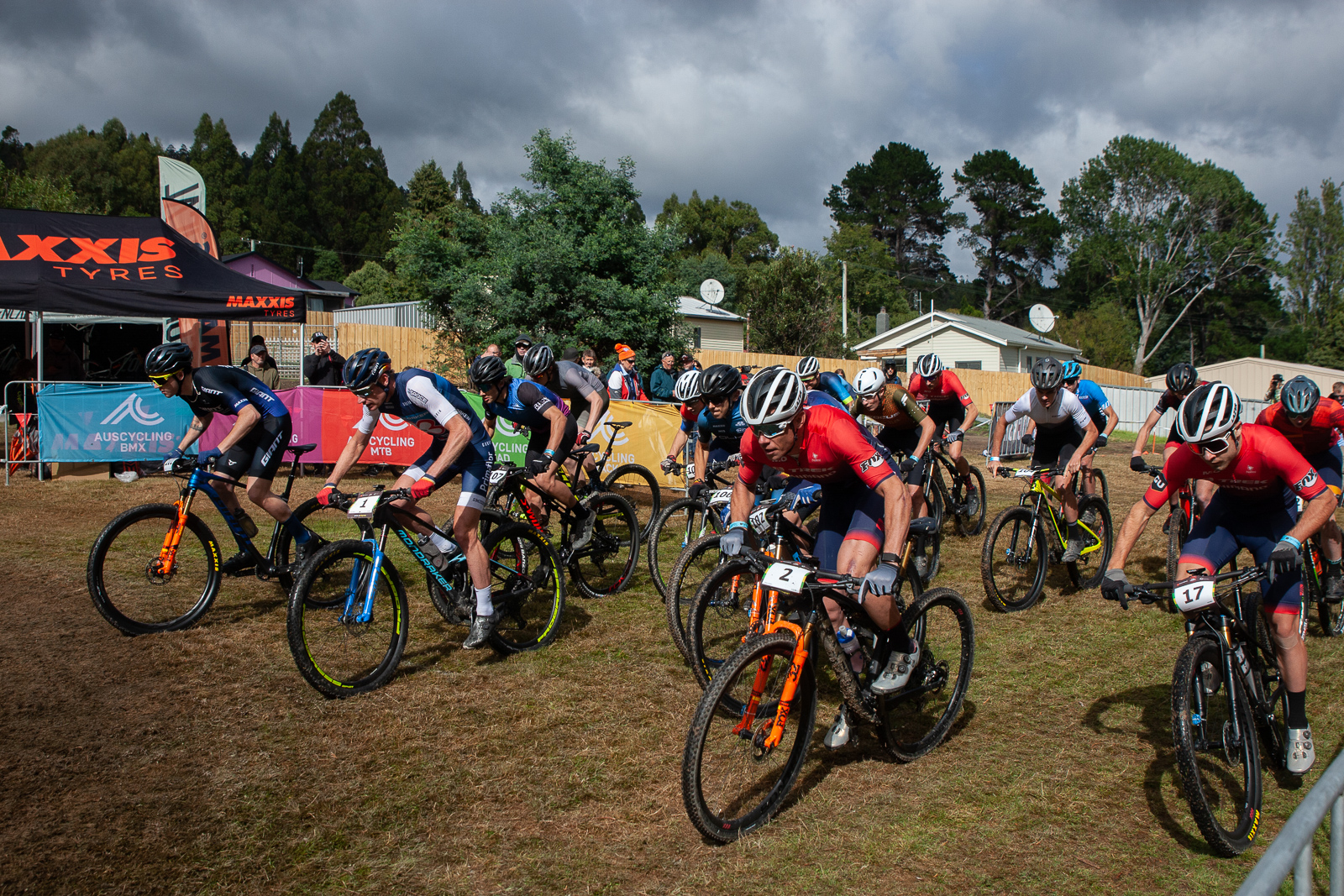From ice baths to sauna training, if you’re watching the world’s top sportspeople prepare for the Olympics, you’re sure to see them engage in one or more of these extreme activities.
While the debate continues over the pros and cons of ‘fire’ or ‘ice’ training techniques for Olympic hopefuls, new research at the University of South Australia confirms the benefits of sauna exposure following exercise, for both elite and everyday athletes.
Comparing the effects of exercising in hot and cold environments, researchers found that athletes’ exercise performance was significantly enhanced by sauna treatments, with the heat boosting circulation and improving fitness in as few as five sauna sessions.

Lead researcher, UniSA’s Dr Sam Tebeck says sauna treatments are an essential tool for athletes preparing to represent Australia in the 2021 Japan Olympics.
“Having a keen understanding on the impacts of heat and cold on exercise is critical for elite athletes and their support team,” Dr Tebeck says.
“But with varying opinions – both from athletes and sports practitioners – about when best to engage in heat or ice therapies, it can be hard to decipher.
“Our research shows that athletes who exercised in cool conditions, followed by seated rest in the sauna, experienced the most positive body changes to improve exercise performance.
“These included greater blood circulation to muscles which can lead to increased protein muscle synthesis to deliver greater muscle growth, better adaption to training, and improved fitness levels.
“While we only investigated these responses from a single session, research suggests that as little as five exposures to post-exercise sauna may be effective, but for a more complete adaptation, 14 or more exposures are likely to be required.
“The good thing is that these benefits can be experienced by both elite athletes and the general population – if you’re an active sportsperson, simply sitting in the sauna after exercise can boost your fitness.”
For the everyday athlete, 5-15 minutes in the sauna two to three times a week, is a good starting place, increasing to 10-20 minutes three to five times a week.
On the other end of the spectrum, ice baths are also popular among athletes, but only under certain conditions.
Exercise and sports scientist, UniSA’s Dr Max Nelson says it’s all about understanding the nuances of hot and cold on the body’s performance.
“When it comes to ice baths, it’s a fairly simple rule to follow: ice baths can improve an athlete’s recovery after acute exercise, say following a competition, but may be less helpful in the training process,” Dr Nelson says.
“Normally when your body feels sore after training it’s adapting to the stress its been placed under in attempt to minimise the effects of this stress in the future. This adaptation leads to improved performance.
“So, if you dive into an ice bath after a training session, you could be stunting your body’s ability to adapt, which may ultimately restrict fitness and performance improvements.
“In general, ice baths during a training block are not widely used – even for elite athletes. But if you do see an elite athlete immersed in an ice bath, it’s usually after intense competition where the ice is helping reduce inflammation to improve recovery, but not part of their training.”
